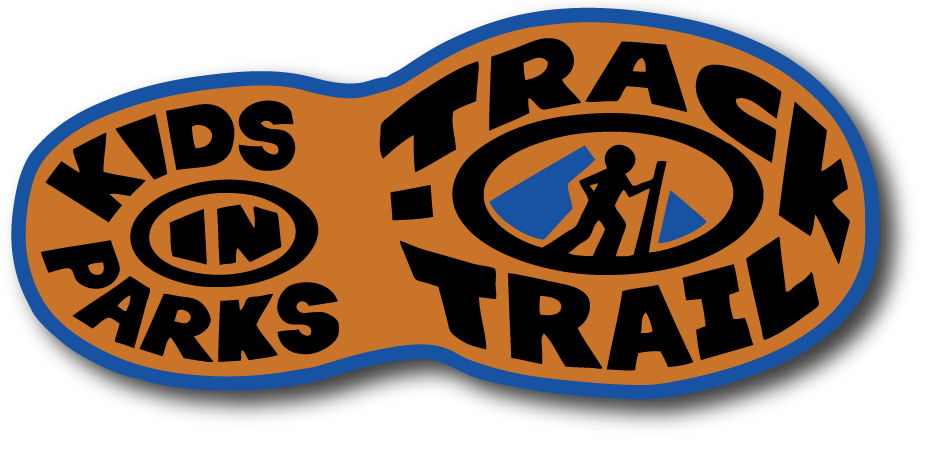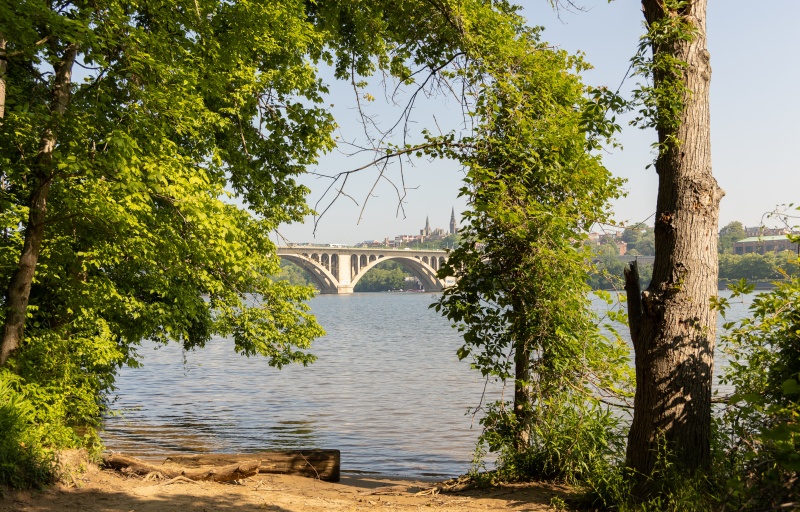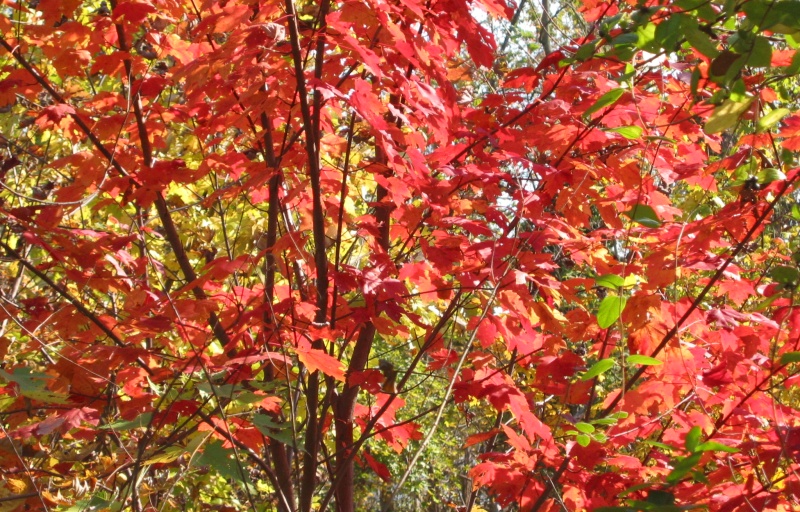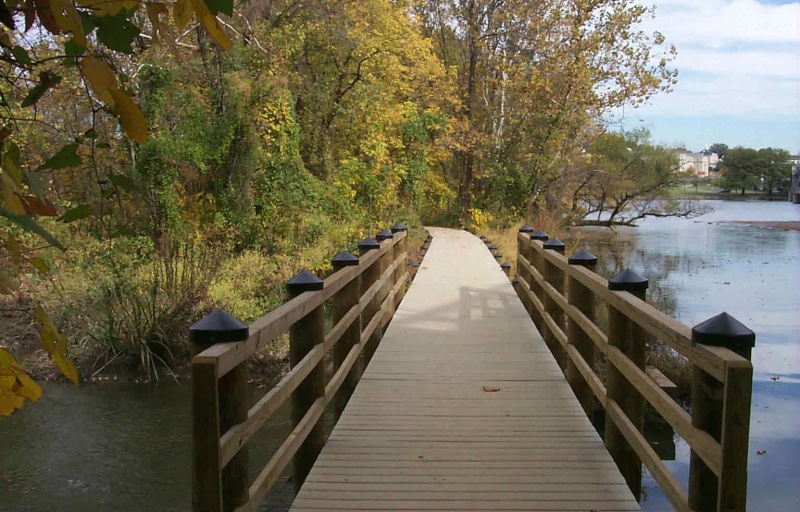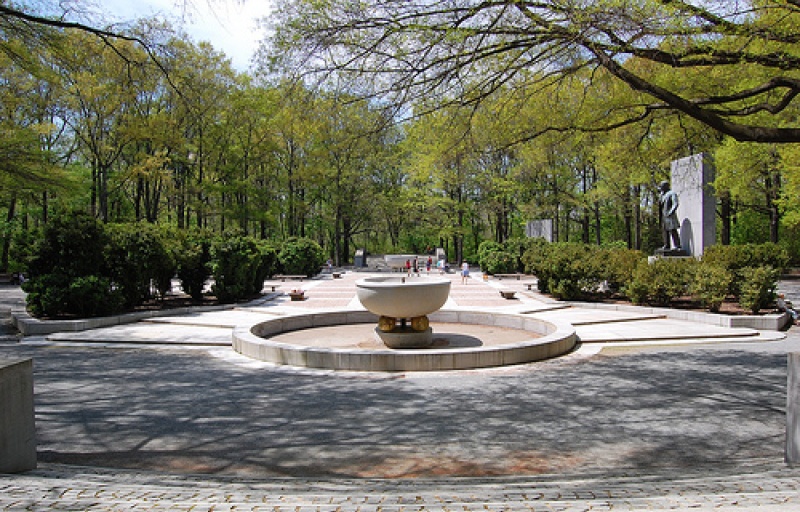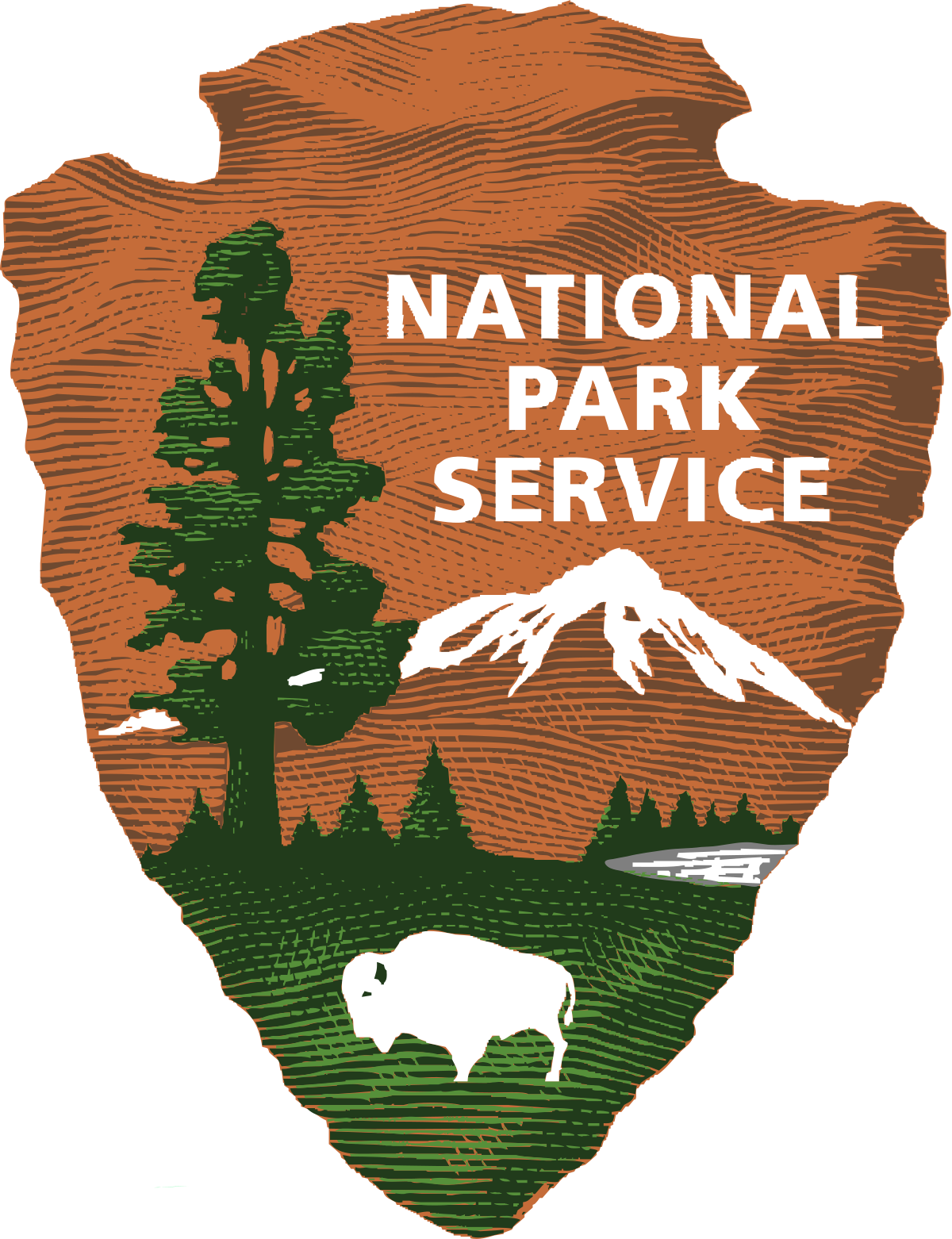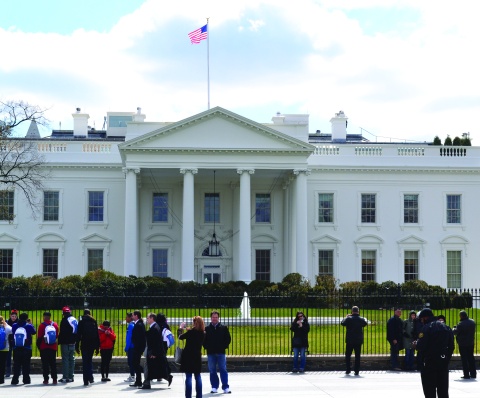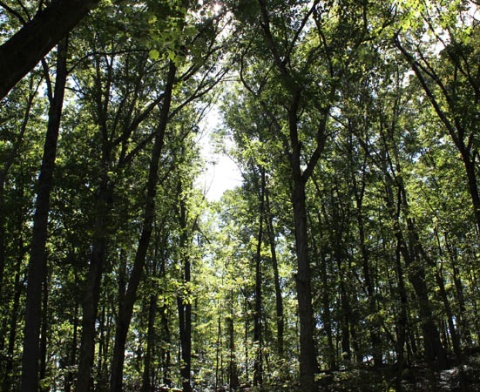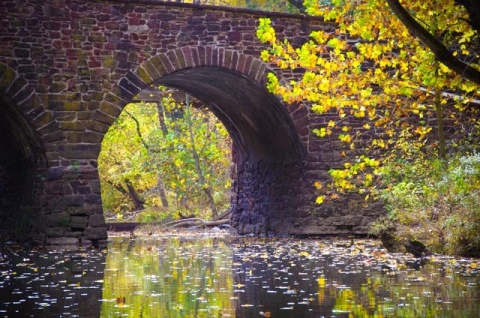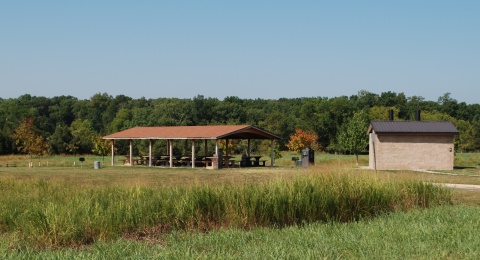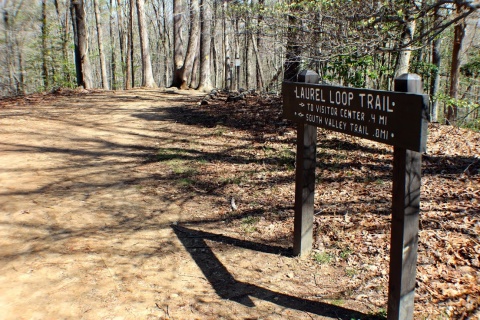George Washington Memorial Parkway
Memorial Ave/Bridge Circle
Washington, DC 20037
United States
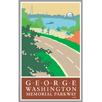
- Restrooms
- Leashed Pets Allowed
- Bike Trail
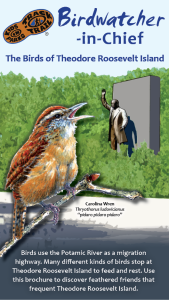
Birds are an important part of our ecosystem. On this adventure, learn to identify several birds in the area through illustrations, field markings, and calls.
TRACK your Adventure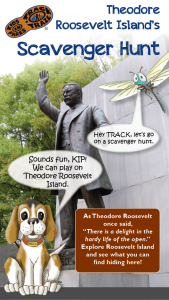
History and nature are intertwined on Theodore Roosevelt Island. On this adventure, search for unique park features that reveal the stories of this region.
TRACK your Adventure
Have you ever wanted to copy an animal's movement? On this adventure, follow along with the animal exercises on the pages and enjoy getting some energy out.
TRACK your Adventure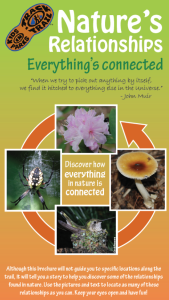
Everything in nature is connected in some way, including you! On this adventure, uncover how dependent relationships are on one another within an ecosystem.
TRACK your Adventure
From ranger-led hikes to fishing events, many TRACK Trail sites offer public programs. Submit your own adventure from a park program or Junior Ranger activity here!
TRACK your Adventure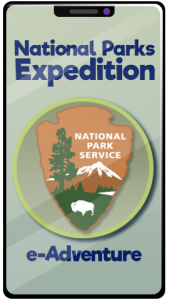
The National Park Service protects and preserves some of the most important natural and historical treasures in the United States. You may have never noticed, but the NPS arrowhead emblem tells the story of what rangers protect at every National Park site.
Start your e-Adventure
Let's see what we can discover today! On this adventure, explore your surroundings and use this checklist to find common things often overlooked in nature.
Start your e-Adventure
Have you ever wanted to copy an animal's movement? On this adventure, follow along with the animal exercises on the pages and enjoy getting some energy out.
Start your e-Adventure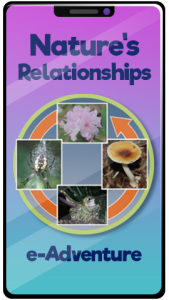
Everything in nature is connected in some way, including you! On this adventure, uncover how dependent relationships are on one another within an ecosystem.
Start your e-Adventure
Birds are an important part of our ecosystem. On this adventure, learn to identify several birds in the area through illustrations, field markings, and calls.
Start your e-Adventure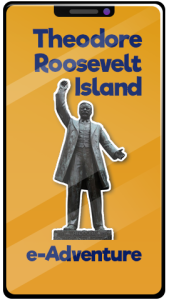
History and nature can be found together here on Theodore Roosevelt Island. Follow along the trail and discover just a few of the stories this park has to tell.
Start your e-Adventure